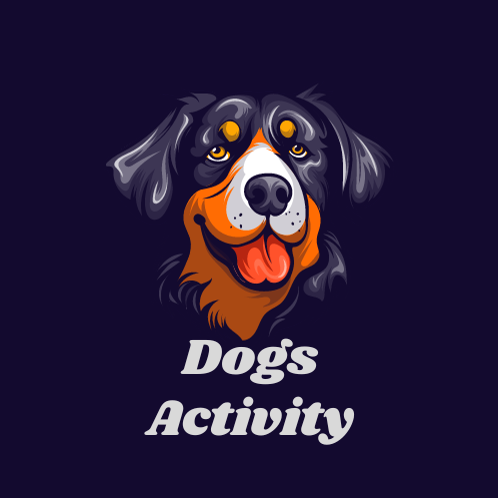
Dogs, often referred to as “man’s best friend,” have been our loyal companions for centuries. They come in various breeds, sizes, and colors, each with its unique characteristics. Whether you’re an experienced dog owner or someone new to the world of canine companionship, understanding the intricacies of canine terminology is vital. One common question that arises, particularly among those less familiar with the world of dogs, is, “What is a female dog called?” In this article, we will explore the answer to this question and delve into the fascinating realm of canine terminology.
What Is a Female Dog Called?
The term used to describe a female dog is “bitch.” This word has its origins in Old English and has been used for centuries to refer to female canines. In formal canine terminology, “bitch” is the standard and accepted term for a female dog, especially when discussing breeding, pedigrees, and professional matters related to dogs.
However, it is crucial to understand that using the term “bitch” in everyday conversation can be considered impolite or even derogatory. This is particularly true when talking about someone’s pet or in family settings where a more casual and respectful tone is preferred. In such cases, alternative terms like “female dog” or “girl dog” are often used to describe female dogs.
The Gender-Specific Nature of Canine Terminology
Now that we’ve answered the fundamental question, “What is a female dog called?” let’s explore the broader landscape of gender-specific terms in the world of dogs.
- Dog: The term “dog” is a general, gender-neutral term used to describe both male and female canines. It is the most commonly used word when referring to dogs in everyday language.
- Bitch: As mentioned earlier, “bitch” is the term specifically used to refer to a female dog. It is employed formally in contexts related to dogs, especially in matters of breeding and pedigree discussions.
- Mongrel: The term “mongrel” refers to a mixed-breed dog, and it is gender-neutral, applying to both male and female mixed-breed canines.
- Puppy: “Puppy” is used to describe a young dog, and the term can be used for both male and female puppies. To specify gender, one can use “male puppy” or “female puppy.”
- Sire and Dam: When discussing a dog’s lineage, “sire” refers to the father (male), and “dam” refers to the mother (female). These terms are gender-specific and are used primarily in pedigree documentation.
- Spay and Neuter: “Spay” is the term for the surgical sterilization of a female dog, which involves the removal of her reproductive organs. “Neuter” refers to the same procedure for male dogs, involving the removal of their testicles. These procedures are often performed to control pet populations and prevent unwanted pregnancies.
- Breed-specific Terminology: Different breeds may have specific gender-related terms for their dogs. For example, the male counterpart to a female Dalmatian is often called a “Dalmatian dog,” while a male Chihuahua might be referred to as a “Chihuahua male.”
The Importance of Using Respectful Language
While the term “bitch” is technically correct when referring to a female dog, it is essential to consider the context in which it is used. In many cases, using “bitch” can be considered offensive, and it is typically avoided in casual or polite conversations. Instead, terms like “female dog,” “girl dog,” or the specific breed name followed by the word “female” are often preferred.
It is also crucial to note that even in formal settings, using “bitch” should be done with respect and consideration for the audience. Language is a powerful tool, and using it thoughtfully helps create a positive and respectful atmosphere in conversations about our beloved canine companions.
Common Misconceptions
There are several common misconceptions related to canine terminology. Let’s address some of them:
- The Term “Bitch” Is Always Offensive: While “bitch” can be seen as offensive when used inappropriately, it is a standard and accepted term in the world of dog breeding and showing when referring to female dogs. In these contexts, it is not considered offensive.
- Using Breed Names: Some people mistakenly believe that using the breed name alone can specify the gender of a dog. For example, saying “Labrador” may lead to confusion because it doesn’t clarify whether the dog is male or female.
- All Female Dogs Can Be Referred to as “Bitch”: While the term “bitch” can technically apply to any female dog, it is often reserved for mature, unspayed females. Spayed females are sometimes referred to as “spayed bitches” to provide more information about their reproductive status.
In Conclusion
Understanding canine terminology is essential for effective communication and respectful conversations about dogs. While “bitch” is the formal term for a female dog, using more casual and respectful language, such as “female dog” or “girl dog,” is often preferred in everyday conversation. Language should be used thoughtfully and considerately, especially when discussing our beloved canine companions.
In the world of dogs, mutual respect and understanding are the foundation of the deep and enduring bond between humans and their four-legged friends.


